Welcome back to our little Monday chat! It’s 9:30 am on my side. That’s what I call the coffee break time for you and the time for me to stir up some magic in the lab with today’s hot topic: How to make your brand UNFORGETTABLE!
When it comes to standing out in the beauty industry, especially as an indie brand, it takes more than sleek logos and clever taglines. While visual branding is essential, the most memorable beauty brands go a step further, they appeal to our senses. This is the power of sensory branding, the strategic use of scent, texture, colour, and even sound to spark emotional connections and long-term recognition.
For startups and small cosmetic brands, developing a sensory signature is one of the most accessible and powerful ways to differentiate yourself in a saturated market. When done well, it doesn’t just enhance customer experience, it builds loyalty, trust, and that all-important ‘I know this brand just by smelling or touching it’ effect.
Let’s dive into how successful brands use sensory branding to stand out and how you can apply these lessons to your own indie beauty business.
1. Tree Hut: Sweet Scents and Gritty Textures
Tree Hut is a perfect example of how signature scents are not the only way to define a brand. Their body scrubs have different scents, yet, they are instantly recognisable for their vibrant colours and tropical fragrances. From Coco Colada to Moroccan Rose, each scent is bold, indulgent, and long-lasting. Most importantly, they have a unique texture & have a signature ingredient: Shea butter, which they advertise heavily about. That makes up the last part of this signature combo! And it carries through their lines. Each line has a scent, and the bright sugar scrub colours carry out through the rest of the line too either inside the products or on the packaging. They’ve created a signature scent-texture duo that’s consistent across all their lines.
2. Sol de Janeiro: Tropical Scents and Vibrant Packaging
Sol de Janeiro’s Brazilian Bum Bum Cream isn’t just famous for its firming effects, it is loved for its iconic Cheirosa 62 fragrance, a pistachio, salted caramel, and vanilla blend. This gourmand scent is used throughout the yellow body care range, so fans can layer it from shower to lotion to mist. Each line has a signature scent and a signature colour that carries through all the products belonging to that line. The Delicia Drench line is purple and its scent is Cheirosa 59. The Bom Dia line is red with Cheirosa 40 as their signature fragrance, etc. They’ve created a signature scent-colour duo that’s consistent across all their lines.
3. Le Petit Marseillais: Mediterranean Scents and Nostalgic Storytelling
This French brand leans into Provence-inspired storytelling. Each product is themed around natural Mediterranean ingredients like lavender, orange blossom, or almond. The simple, colour-coded packaging matches each fragrance story, and the scents evoke nostalgia and nature. While their formulas are mass-market, the sensory branding brings a sense of artisanal heritage. They’ve created a signature scent-story duo that’s consistent across all their lines.
4. The Body Shop: Ethical Sourcing Meets Strong Sensory Identity
The Body Shop has long combined ethics with bold, nature-inspired scents. Their bestselling body butters are thick, velvety, and come in iconic recyclable round jars with fruit imagery and matching fragrance. Mango smells like mango. Shea smells like shea. There is no confusion. This straight-forward scent matching enhances trust, recognisability, and satisfaction. Each scent line (e.g. Tea Tree) includes a cleanser, toner, mask, and moisturiser, all with that same botanical scent. This carries through their body care lines (like Almond Milk or British Rose) as well with the same fragrance from shower gel to body butter to hand cream. They’ve created a signature scent-ethical messaging duo that’s consistent across all their lines.
5. The Ordinary: Minimalist Aesthetic That Highlights Texture
The Ordinary takes a completely different approach. There’s no fragrance, no colour, and clinical packaging. But texture becomes the star. Whether it’s the watery feel of Niacinamide 10% or the oily glide of their Squalane cleanser, The Ordinary invites users to engage with the product through application feel and minimalist ingredient lists. The tactile experience becomes a form of education and trust-building. They’ve created a signature minimalist-texture duo that’s consistent across all their lines.
6. OUAI: Fragrance and Language as Brand Tools
OUAI blends luxury fragrance (think Mercer Street and North Bondi) with a laid-back, conversational tone of voice. Their hair and body products are elevated by fine fragrance formulations, while their copywriting feels personal and modern. This dual sensory + emotional branding sets them apart from traditional salon brands. They’ve created a signature scent-chic aesthetic duo that’s consistent across all their lines.
Before saying goodbye, let me leave you with my final thoughts: Build A Brand That They Can Sense!
What do all these brands have in common? A clearly defined sensory identity. Whether it’s Tree Hut’s tropical scents, Sol de Janeiro’s beach-in-a-jar textures, or The Ordinary’s hyper-minimalist experience, each one offers something tangible and memorable.
For indie formulators and small beauty brands, this is your opportunity to stand out without spending a fortune. You don’t need a multi-million-dollar ad campaign, you need recognisable sensory cues. It could be a signature scent, a unique texture, consistent tone of voice, or cohesive packaging design.
Choose one or two signature element(s) that don’t cost an arm and a leg and lean into it across your line. That’s how brand memory is created, through repetition, sensation, and emotional connection. And when your customer picks up your product and instantly recognises the feel, scent, or look? That’s when you know you’ve built something powerful.
Here’s to formulas that work and brands that thrive!
From My Lab to Yours,
Morgane
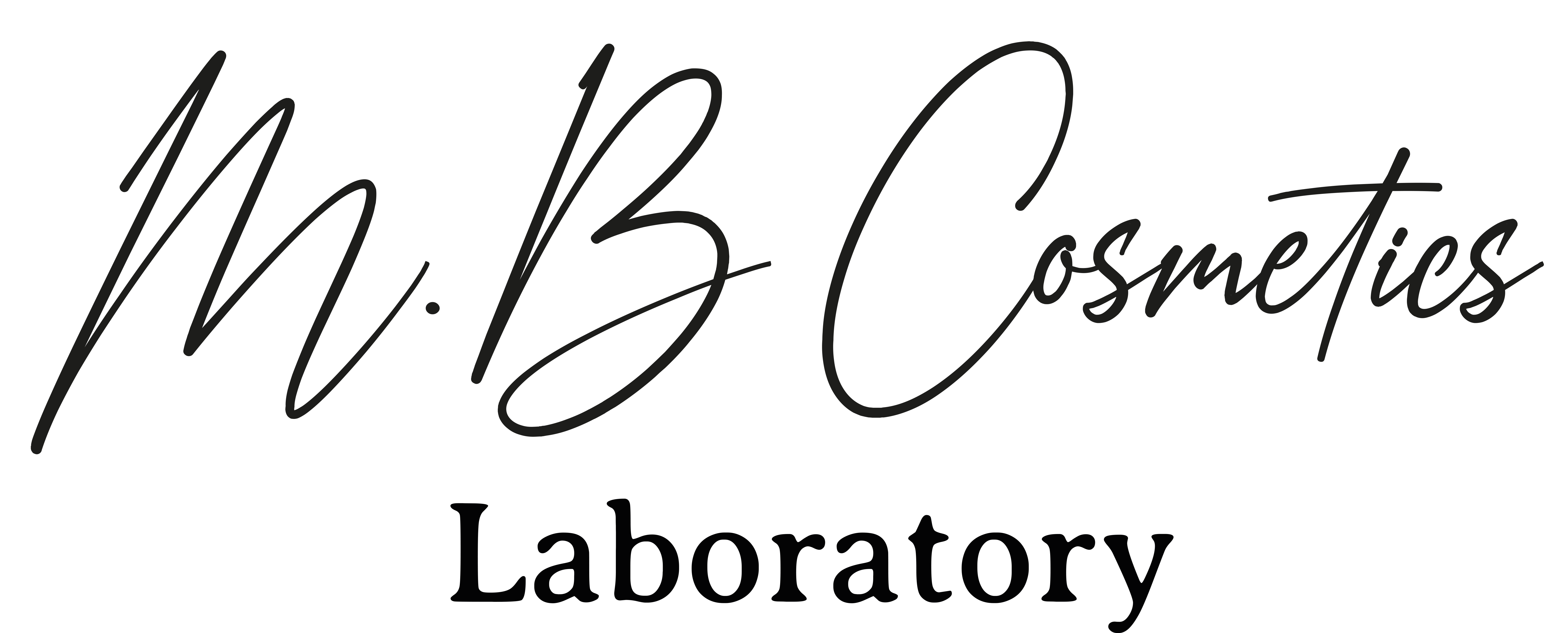
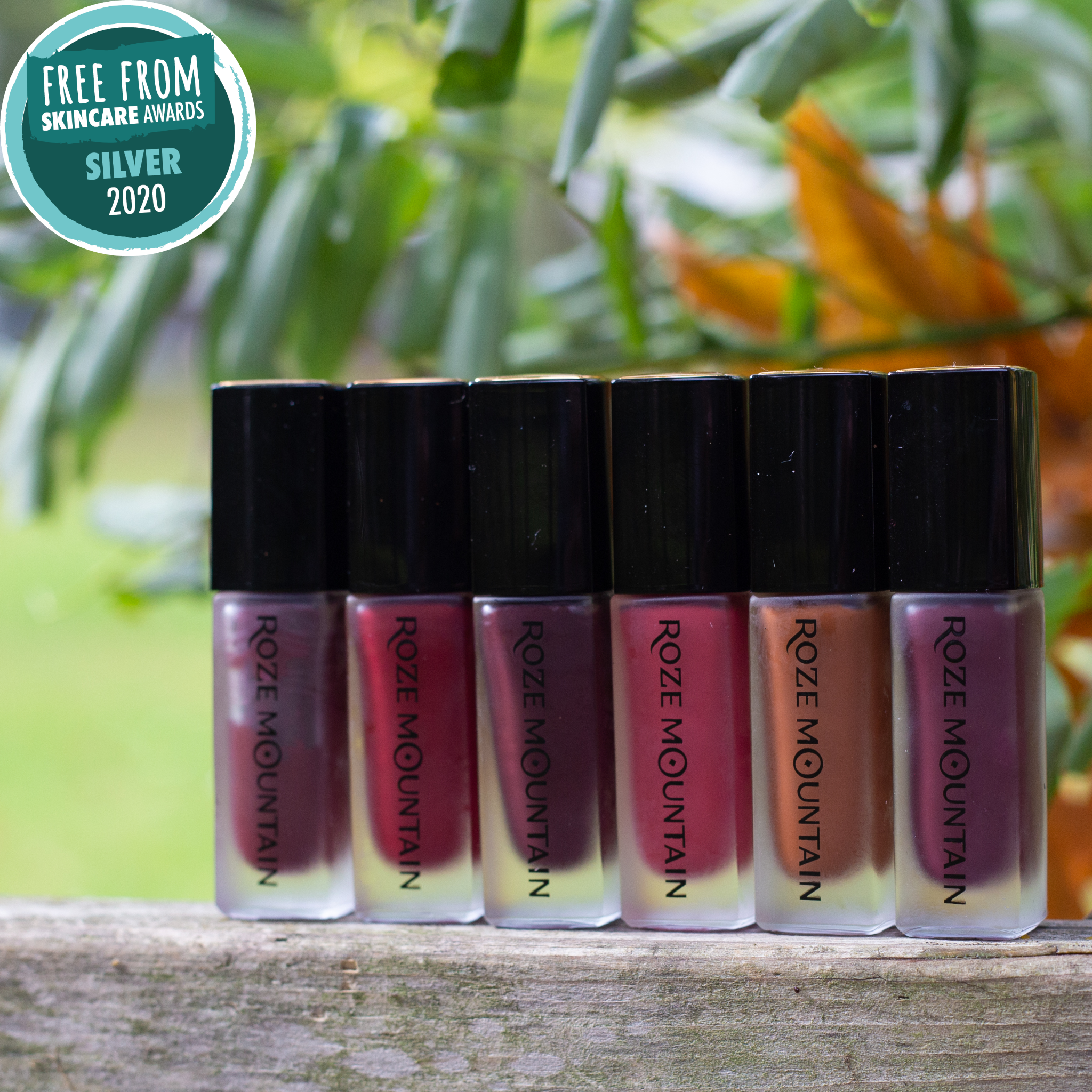
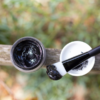
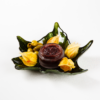

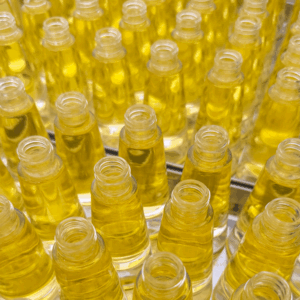
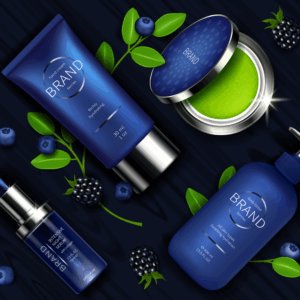
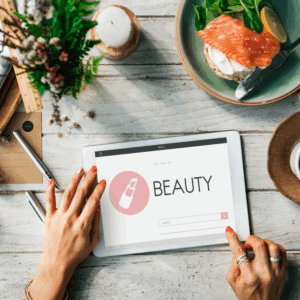

Add comment